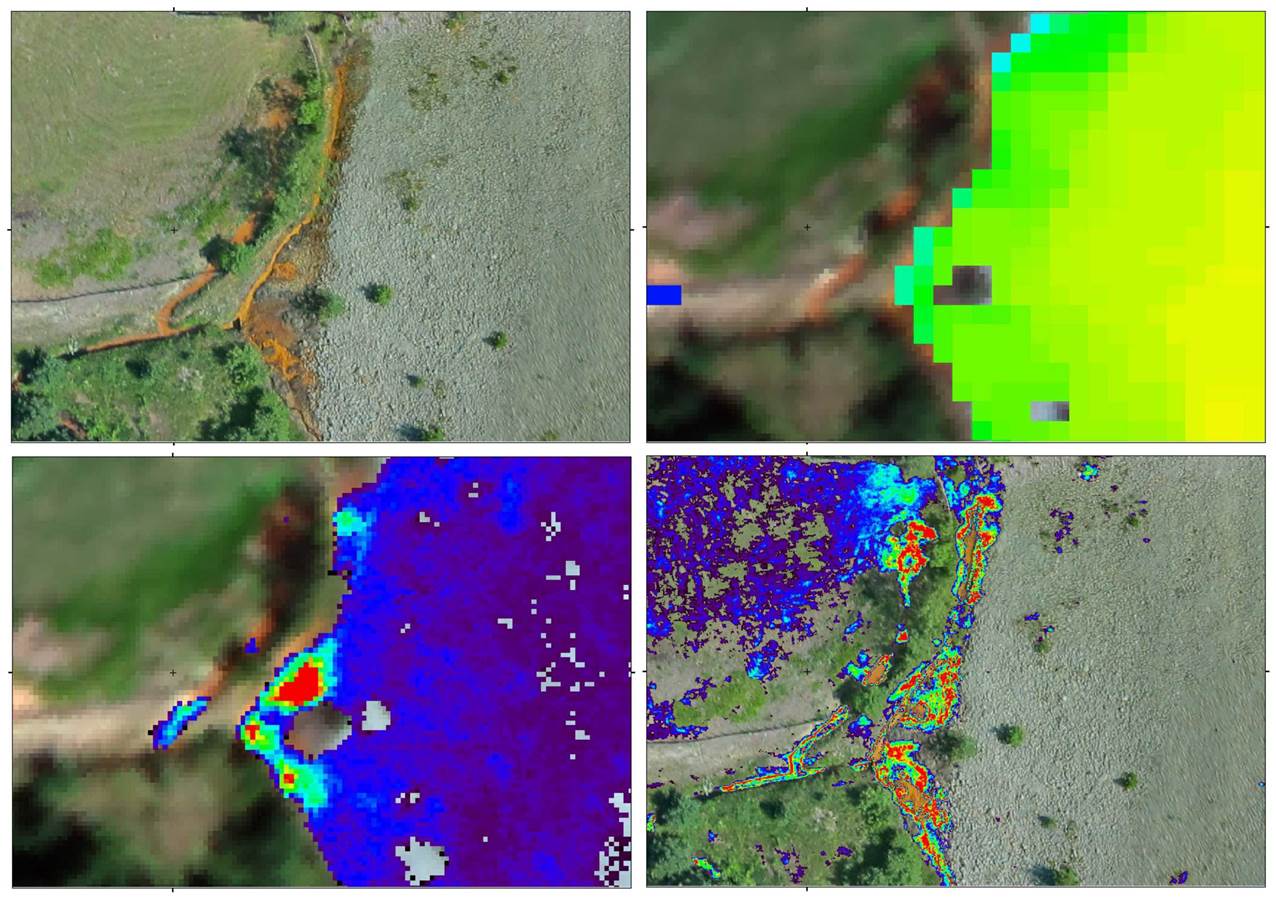 The Rosia Montana Goldmine, located in the so-called “Golden Quadrilateral” in the Apuseni Mountains, Western Romania, has been an active gold mine since Roman times. Currently the mine is inactive but previous mining activities have left deep environmental scars. Recent plans to reopen the mine have sparked intense protests amongst national and international organisations. If realized, Rosia Montana would become Europe’s largest open pit gold mine, and this would have a devastating impact on the local environment.
The Rosia Montana Goldmine, located in the so-called “Golden Quadrilateral” in the Apuseni Mountains, Western Romania, has been an active gold mine since Roman times. Currently the mine is inactive but previous mining activities have left deep environmental scars. Recent plans to reopen the mine have sparked intense protests amongst national and international organisations. If realized, Rosia Montana would become Europe’s largest open pit gold mine, and this would have a devastating impact on the local environment. 